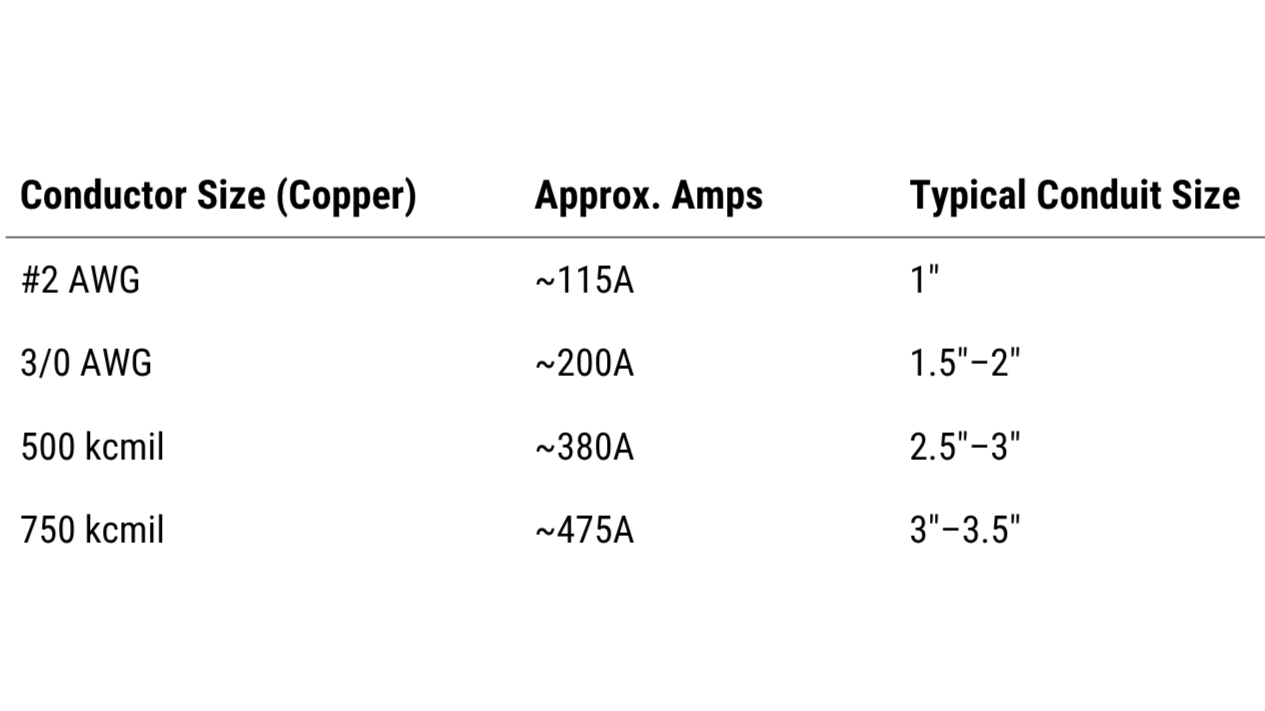How to Estimate Power Without an Electrician
What every industrial owner (or tenant) can check before calling in a contractor
If you’ve ever waited days or even weeks to get an electrician out just to answer one basic question—“Can we upgrade the panel?”—you’re not alone.
For many industrial properties, especially those built decades ago, electrical documentation is limited or outdated. And most owners assume they need to wait for an expert before they can move forward.
But here’s the truth:
There’s a lot you can check yourself, even if you’re not technical.
You don’t need to open up a panel or run load calculations — you just need to know what to look for.
Why This Matters
The earlier you can identify what your building’s electrical system might support, the easier it becomes to:
Respond to tenant or buyer questions with confidence
Avoid false expectations about upgrade potential
Prioritize which properties are worth deeper investigation
🔎 What You Can Check Yourself
Here are four things you can check (or photograph) on-site — no tools, license, or electrician required:
1. Panel Label
Look for a label on the main panel that shows the amperage rating — e.g., 400A or 600A.
This tells you the maximum amount of current that panel is designed to handle.
Think of it as the ceiling — not what’s currently being used.
Take a photo of the label. Buyers or electricians will thank you later.
2. Transformer Size (kVA)
Locate the green utility transformer box (usually outdoors) and look for a white or silver sticker showing a number like 300 kVA.
This is how much total power the utility is delivering to your site. If it’s shared between multiple units, that 300 kVA may not go far.
You can convert kVA to amps using this formula:
Formula to convert (kVA) to amps at 480V, 3-phase.
At 480V, 300 kVA ≈ 361 amps
Assume a power factor of 1.0 for rough estimates.
3. Conduit Size
The conduit feeding your main panel can give some clues, but what really matters is the conductor size inside it — not just the conduit diameter.
If you can read the wire markings (usually embossed along the insulation), note the wire gauge (AWG or kcmil) and material type (CU = copper, AL = aluminum). Then, reference a standard ampacity table such as the one in NEC 310.16 to estimate current-carrying capacity.
Example (Copper, 75°C rating):
Reference chart showing copper conductor size, ampacity, and typical conduit size.
📌 Simplified rule: Larger conduit usually means larger conductors, but the ampacity table is the real reference point. Use conduit size only as a quick field clue when conductor markings aren’t visible.
4. Shared or Dedicated Power?
If the property has multiple units or buildings, determine whether the transformer is:
Dedicated (serving just your building), or
Shared (serving multiple tenants or units)
📌 A shared transformer can limit your ability to increase power — especially if another tenant is already drawing a large load, like cold storage or manufacturing.
before you assume it’s expandable…
These 4 checks can help you rule out false assumptions early:
A 600A panel doesn’t mean the transformer can deliver 600 amps
A new panel won’t help if the conduit and wires can’t handle more current
Even if the building is “expandable,” it might involve Edison and months of lead time
Bottom Line
You don’t need to be an electrician to know the basics.
Whether you’re an owner, tenant, or broker, a little education goes a long way.
By checking the panel label, transformer size, and conduit, you can:
Spot potential limitations early
Ask smarter questions
Save time and avoid unnecessary delays
📌 Think of it as a head start but keep in mind, it’s not a substitute for expert verification. Always confirm with a licensed electrician!


